Little Creatures
 December 23, 2016
December 23, 2016
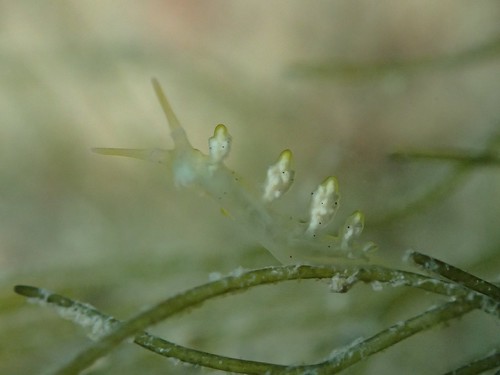
Hantu Blog dive guide and Math teacher, Ng Boon Leong, took to the waters of Pulau Hantu on a day of clear skies and calm waters for a day of photography with our veteran guide Jeemee Goh and macro enthusiast Toh Chay Hoon. It was also a training day for one of our new guides! We’re always excited to take new people out, share our Hantu Blog story, and build our family so that more people can discover how very special Singapore reefs are! Boon Leong shares, “The visibility was a relatively good 4m, and this allowed us to spot some of the smaller critters on the corals and hydroids,” such as this Doto sp. nudibranch!
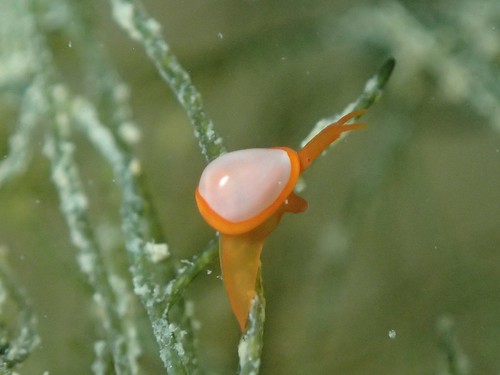
Cysticus minutissimus is a beautiful marine snail often found foraging on marine algae.
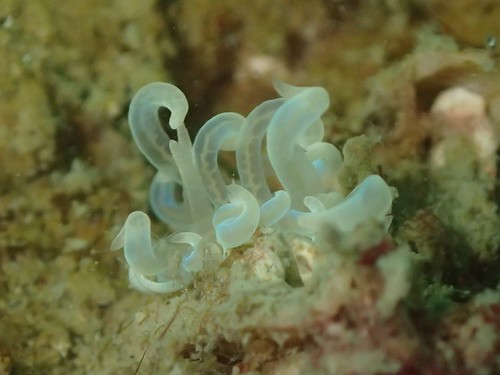
Phyllodesmium sp., recently dubbed “Curly Q” by the group of regular Hantu divers


Pearl Conch (Gong gong) or Strombus turturella stares out warily before hopping away on its single leg
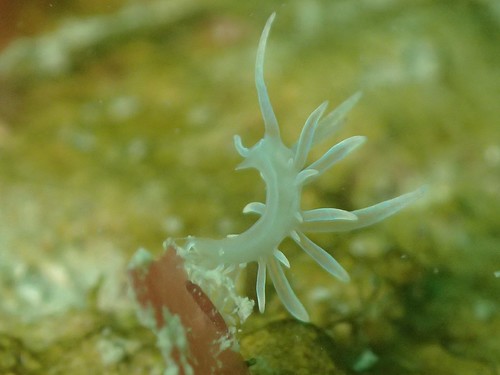
Another Phyllodesmium sp. rears up on a piece of algae
After the first dive, we headed off to the Northeast corner of Hantu Kechil. This is a site that we do not often go to as the currents are usually unfavourable, so we made the most of this opportunity to explore this site. It has rewarded us with numerous colourful nudibranches in the past, and today was no exception.
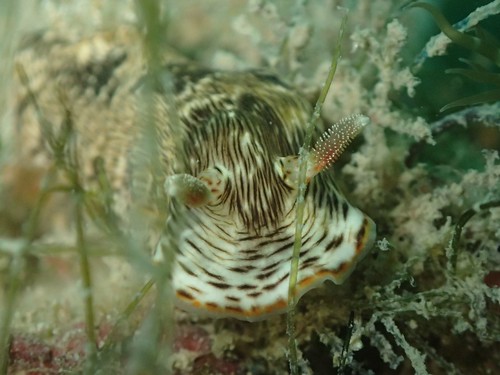
A Chromodoris peers through the algae.

Bornella stellifer aka. Starry bornella, is a beautiful nudibranch that was only first photographed at Pulau Hantu within the past decade by Hantu Blog volunteers.
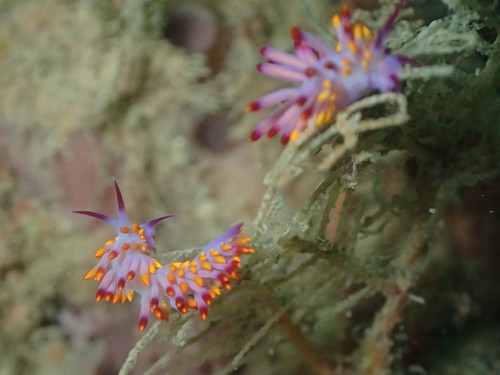
Two Cuthona sibogae look at each other. Cuthona sibogae is a species of aeolid nudibranch. They usually feed on members of the phylum Cnidaria (sea anemones, corals, gorgonians, and jellyfish) (Bertsch 2004). A small group of aeolids use zooanthellae (microscopic green algae) in their bodies to make food (Ellis 2001).
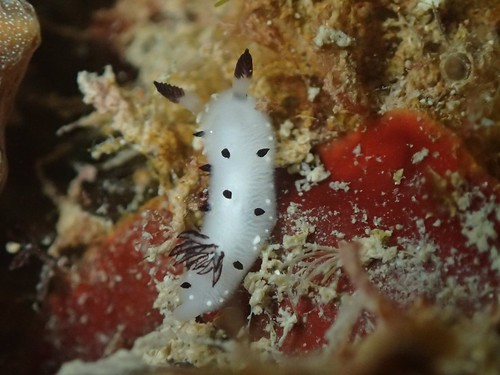
A cute little Jorunna funebris

“As the monsoon season approaches, the waters have also turned a bit chilly, a welcome change from the hot weather throughout most of 2016. Most of the bleached corals have recovered, though some of the anemones, unfortunately, still remain starkly bleached, a reminder of the consequences of human action upon the environment.” – Ng Boon Leong.
Find out how your can join our dives and support coral reef awareness and protection in Singapore!
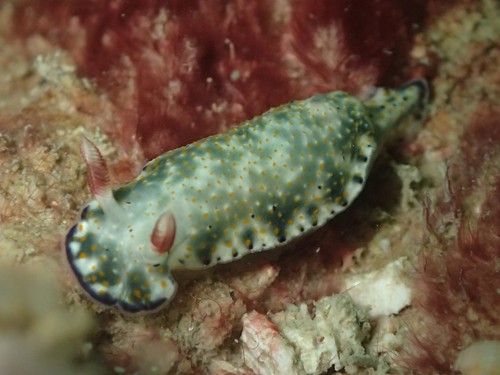
 Posted in
Posted in 



 content rss
content rss
COMMENTS